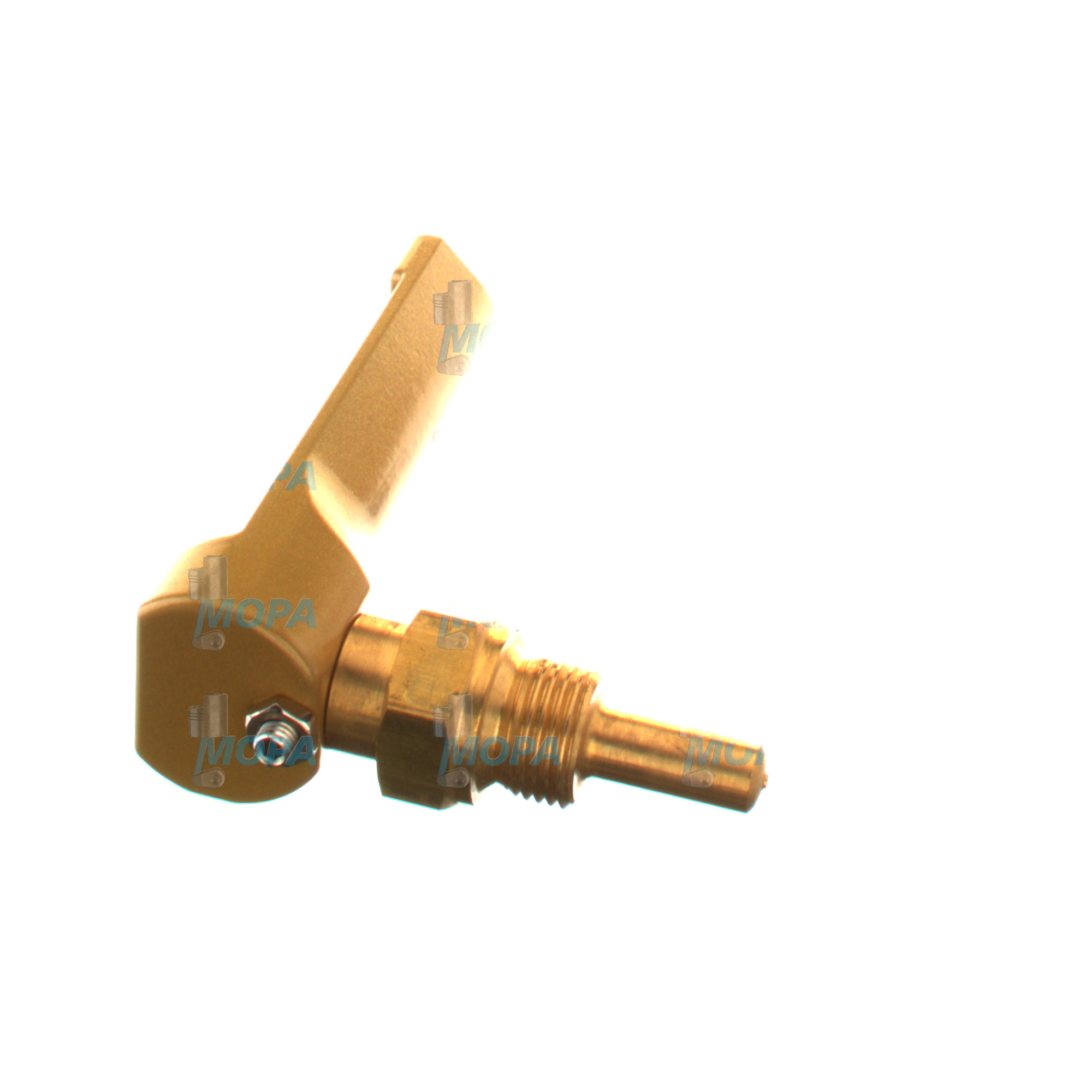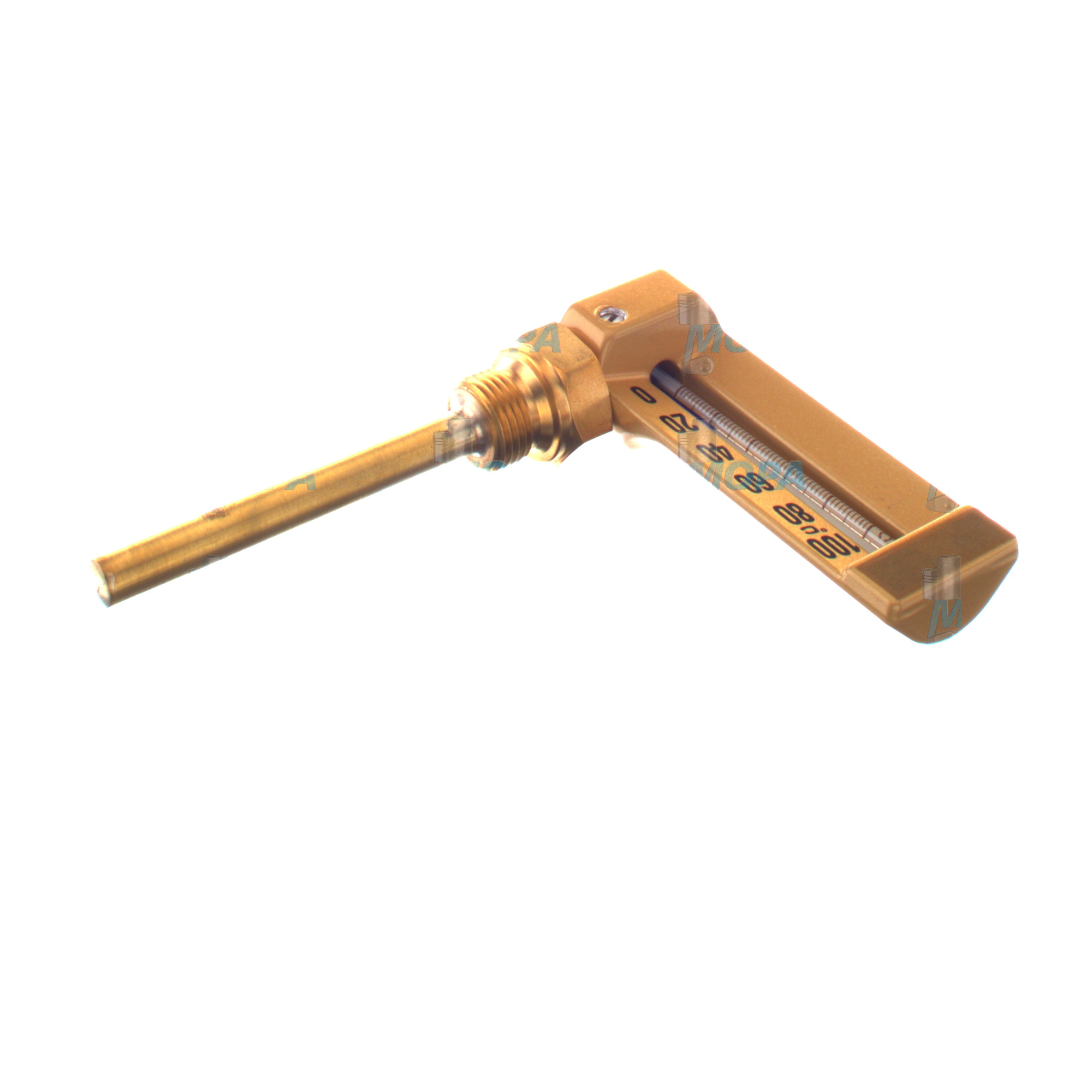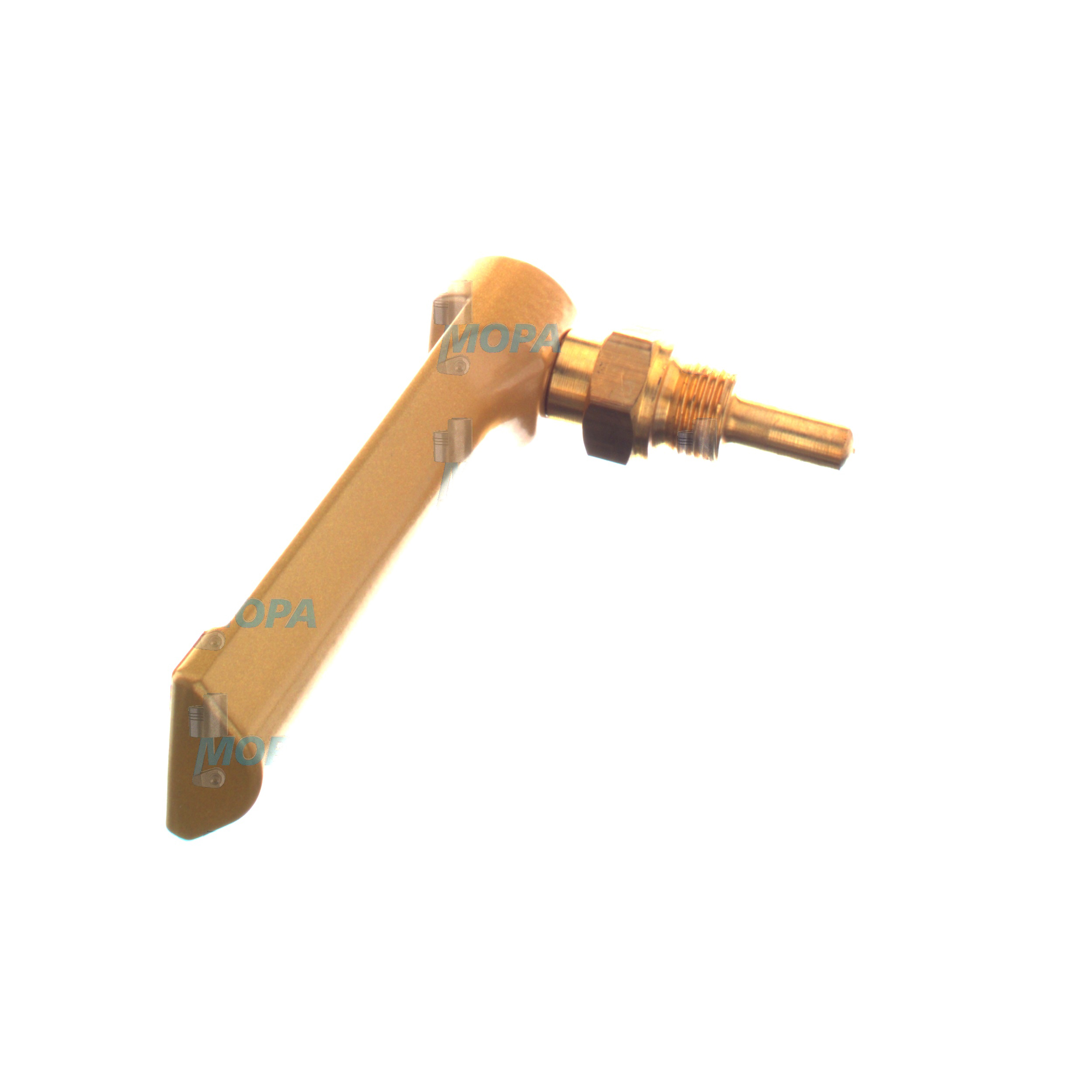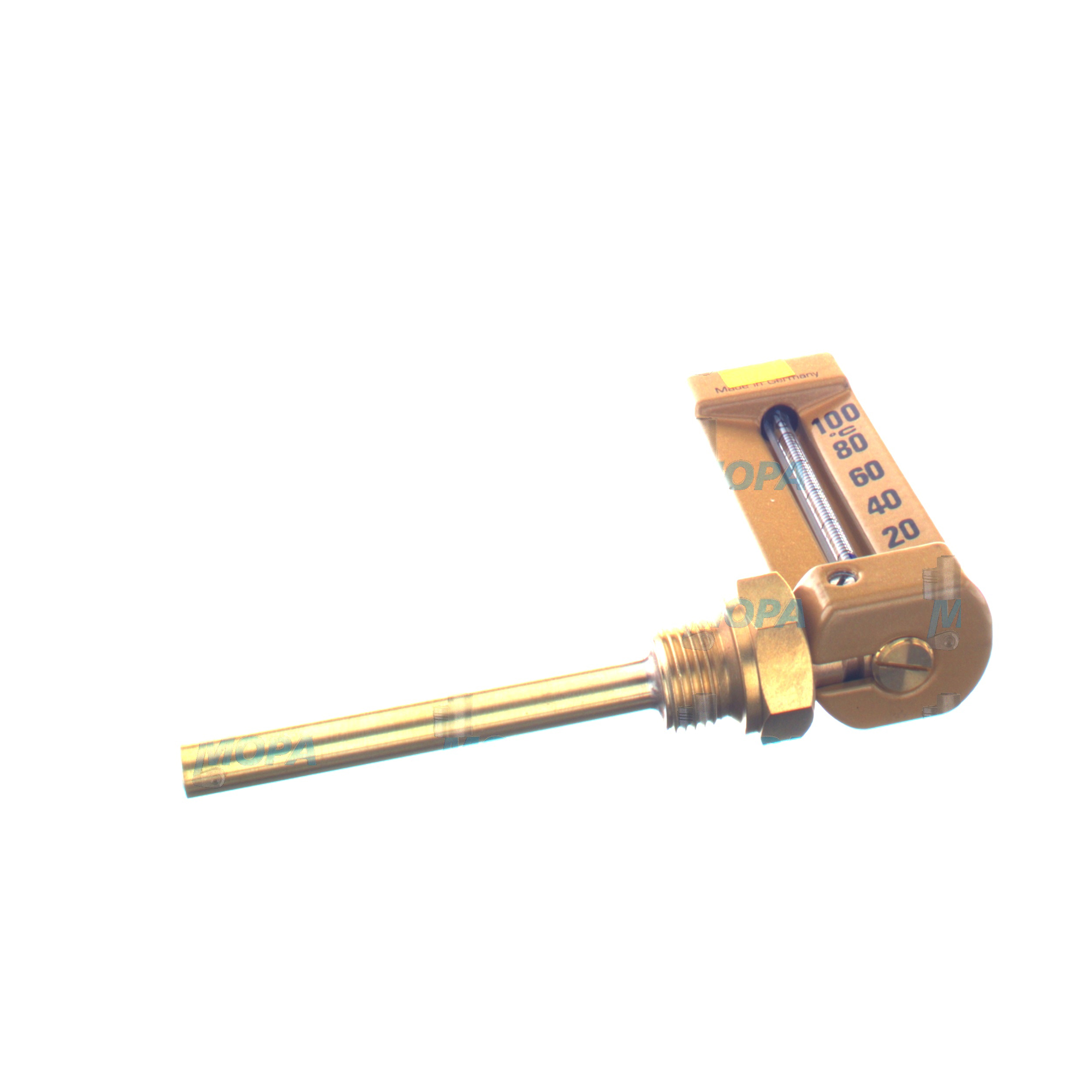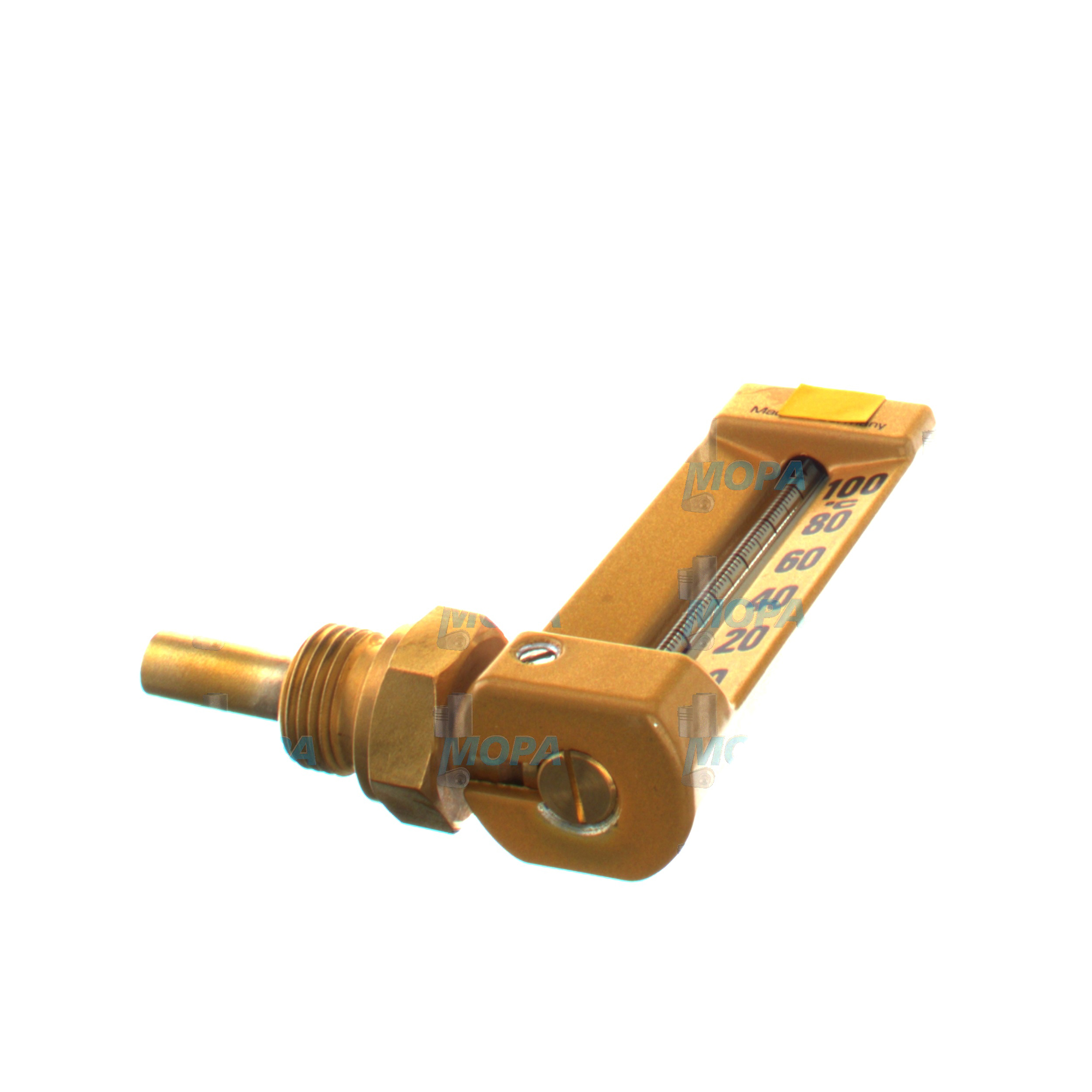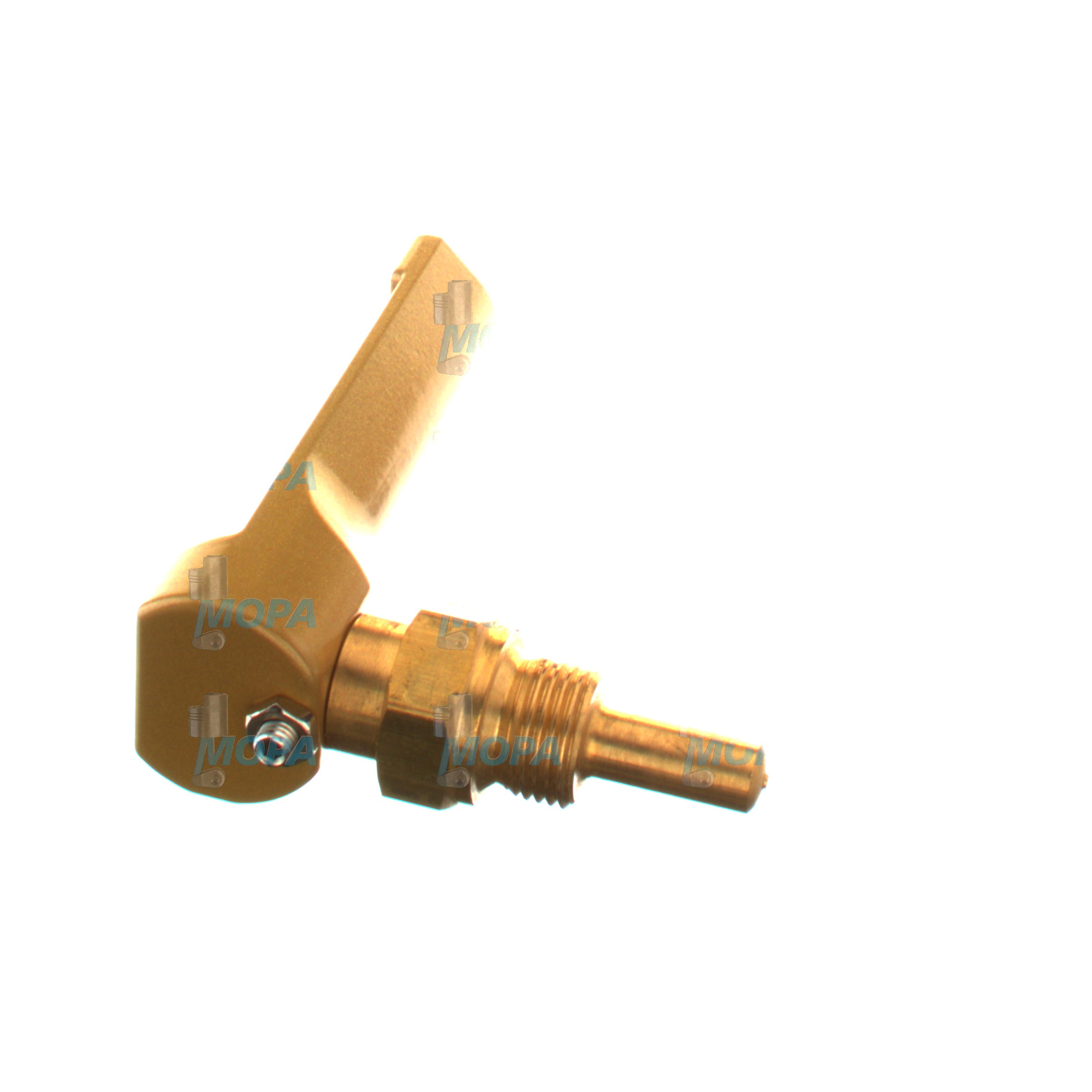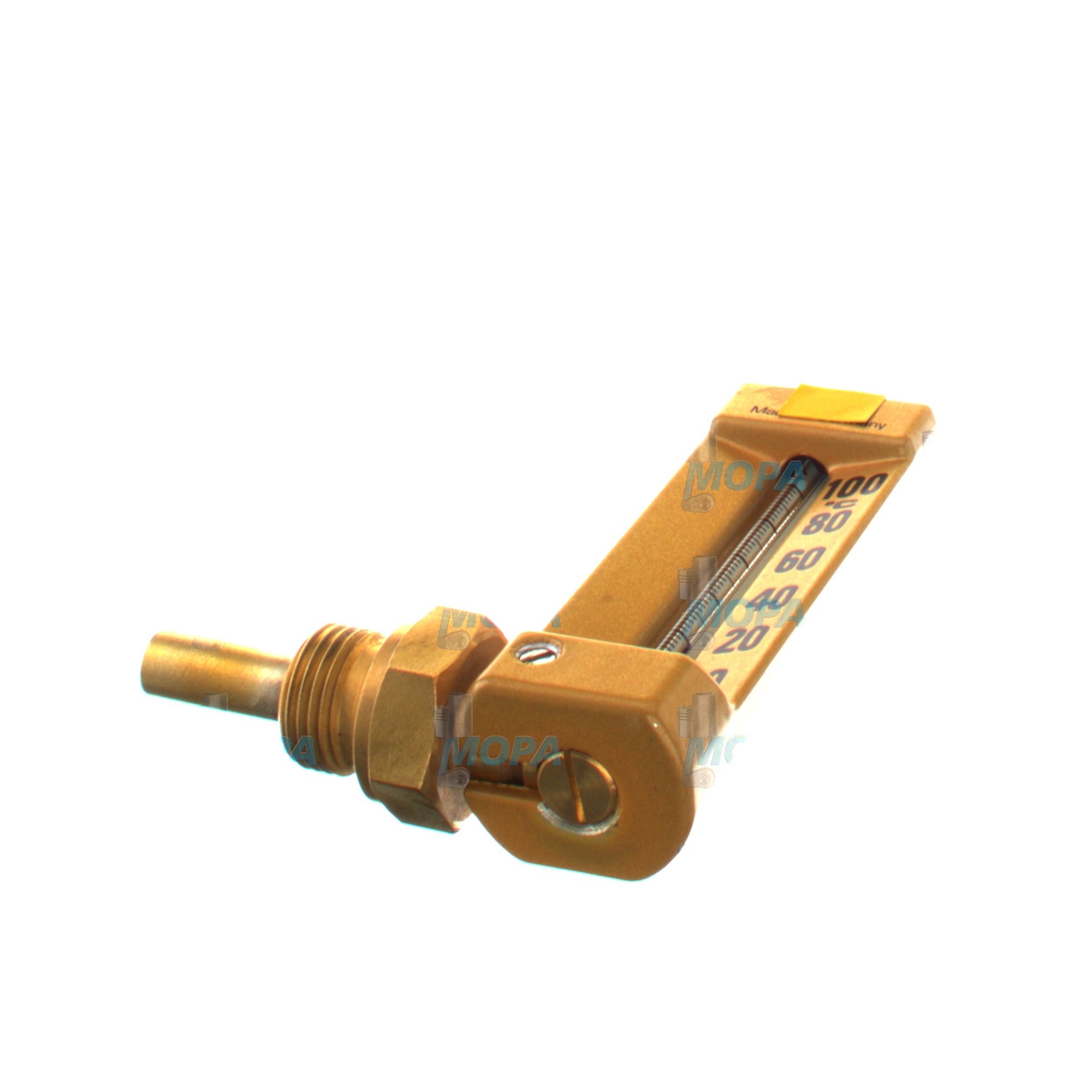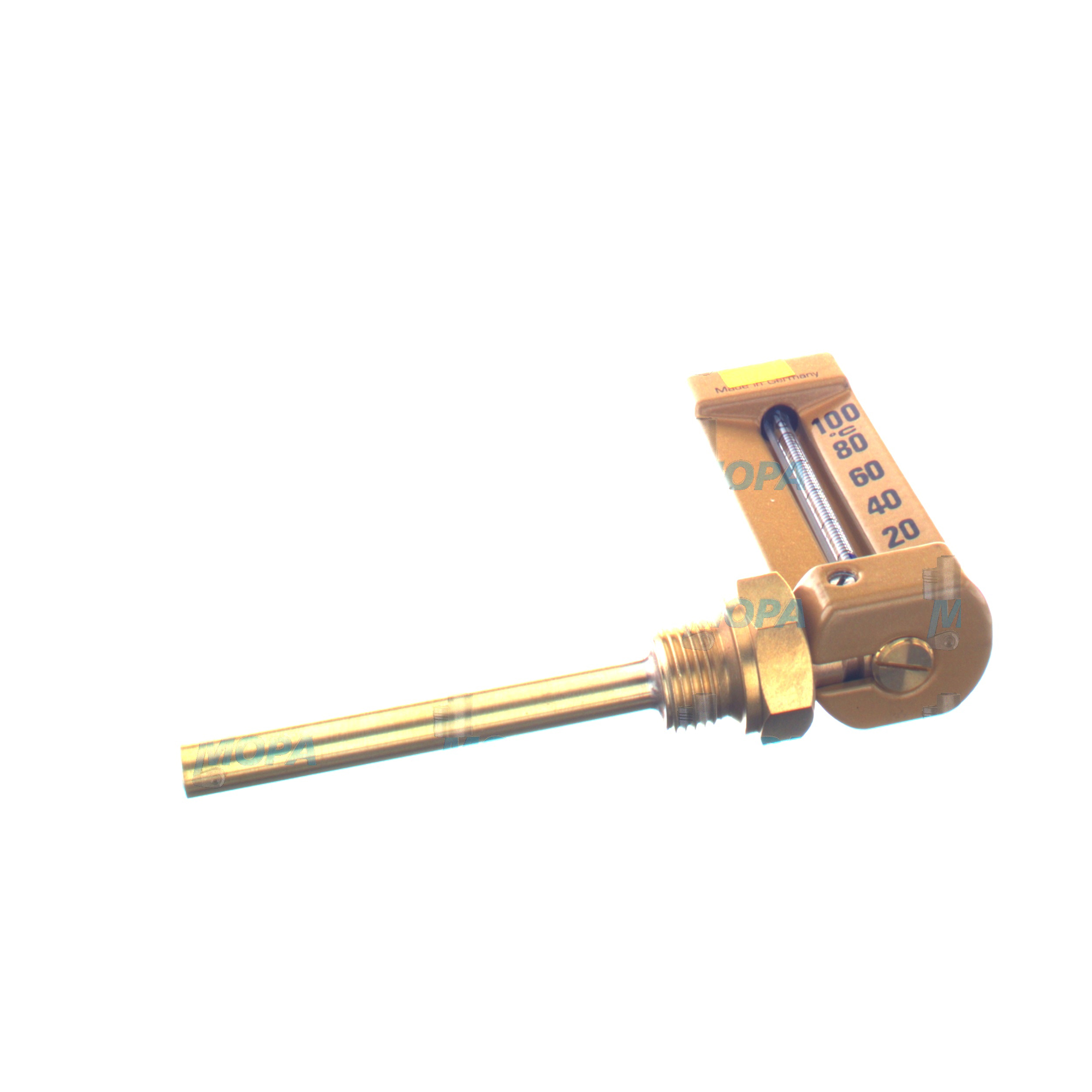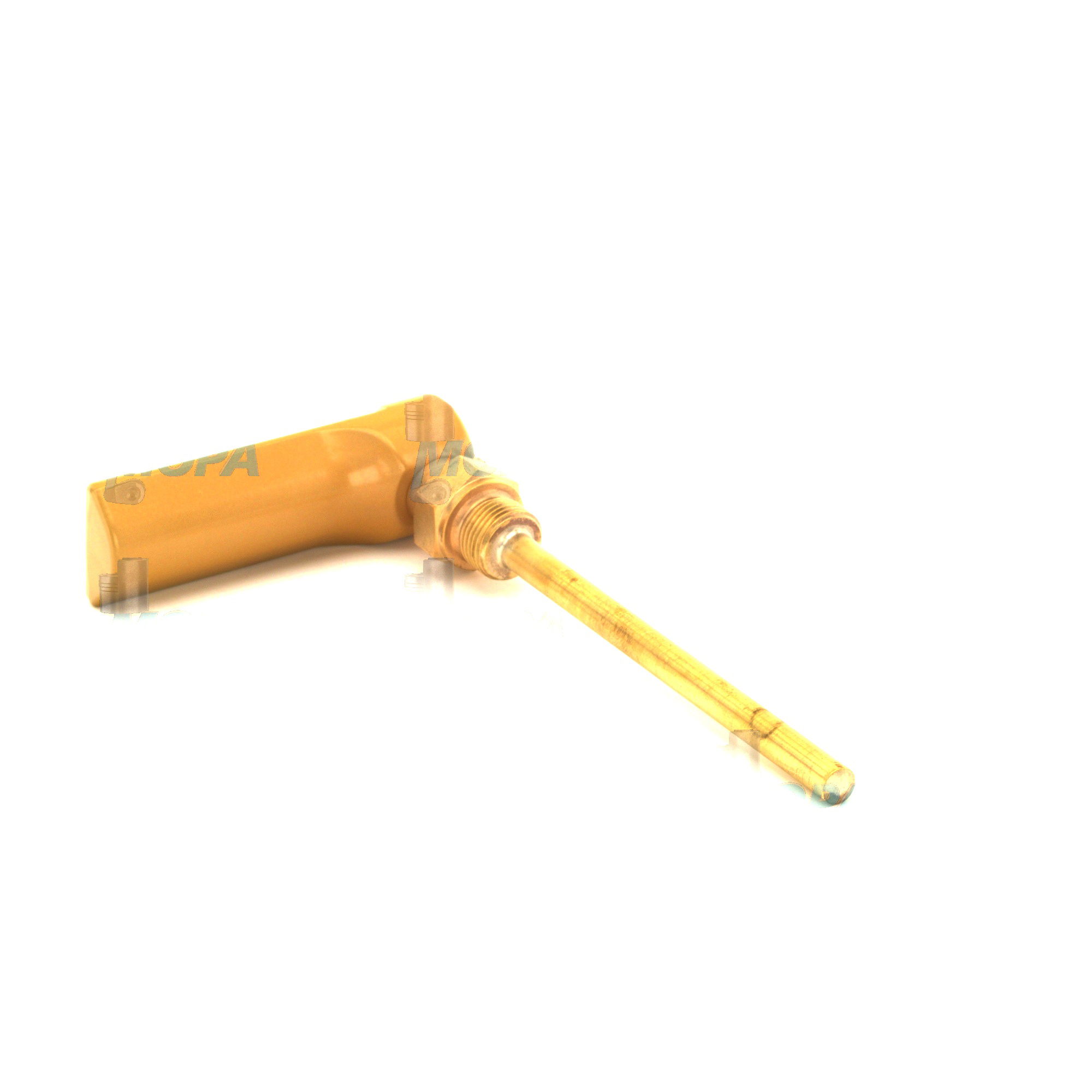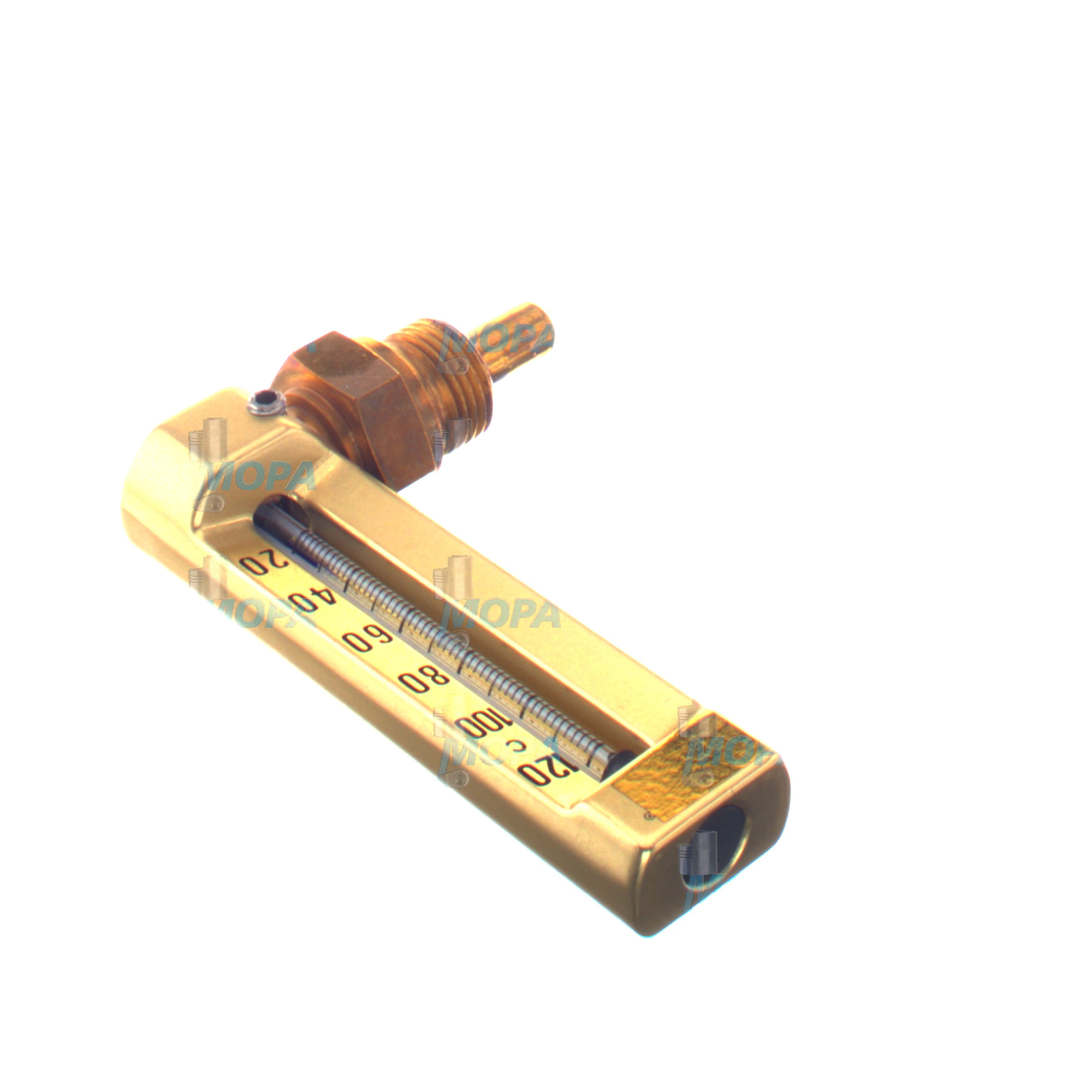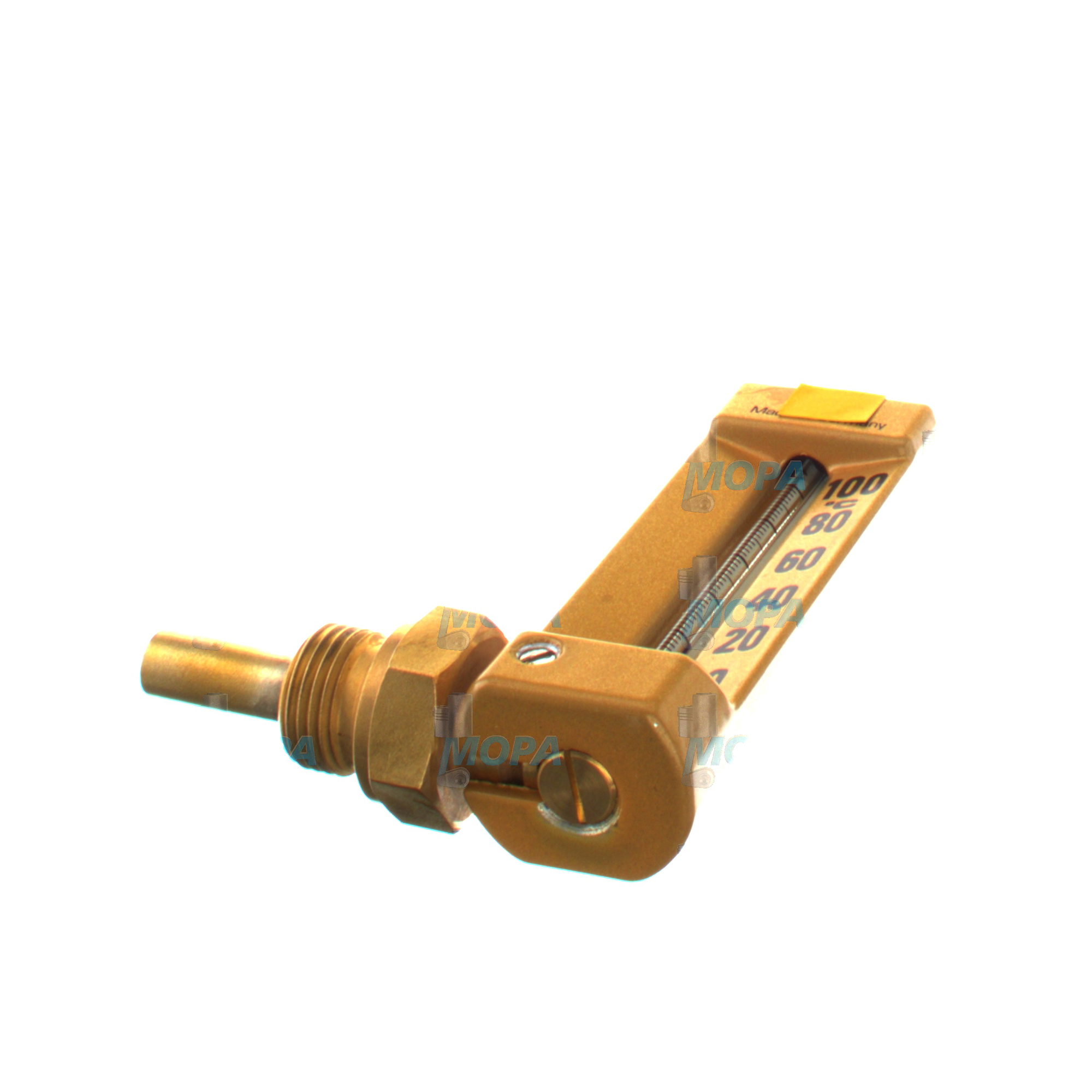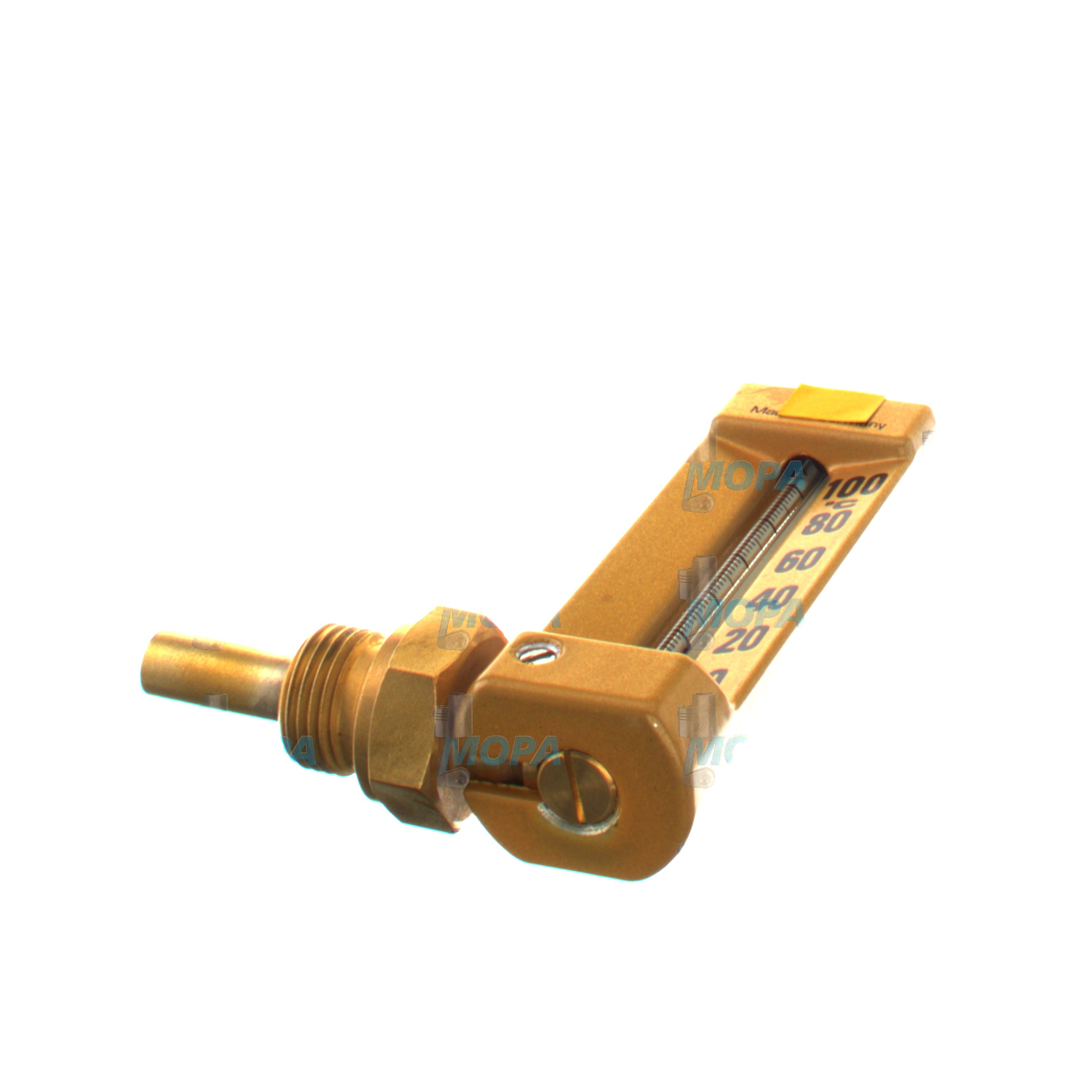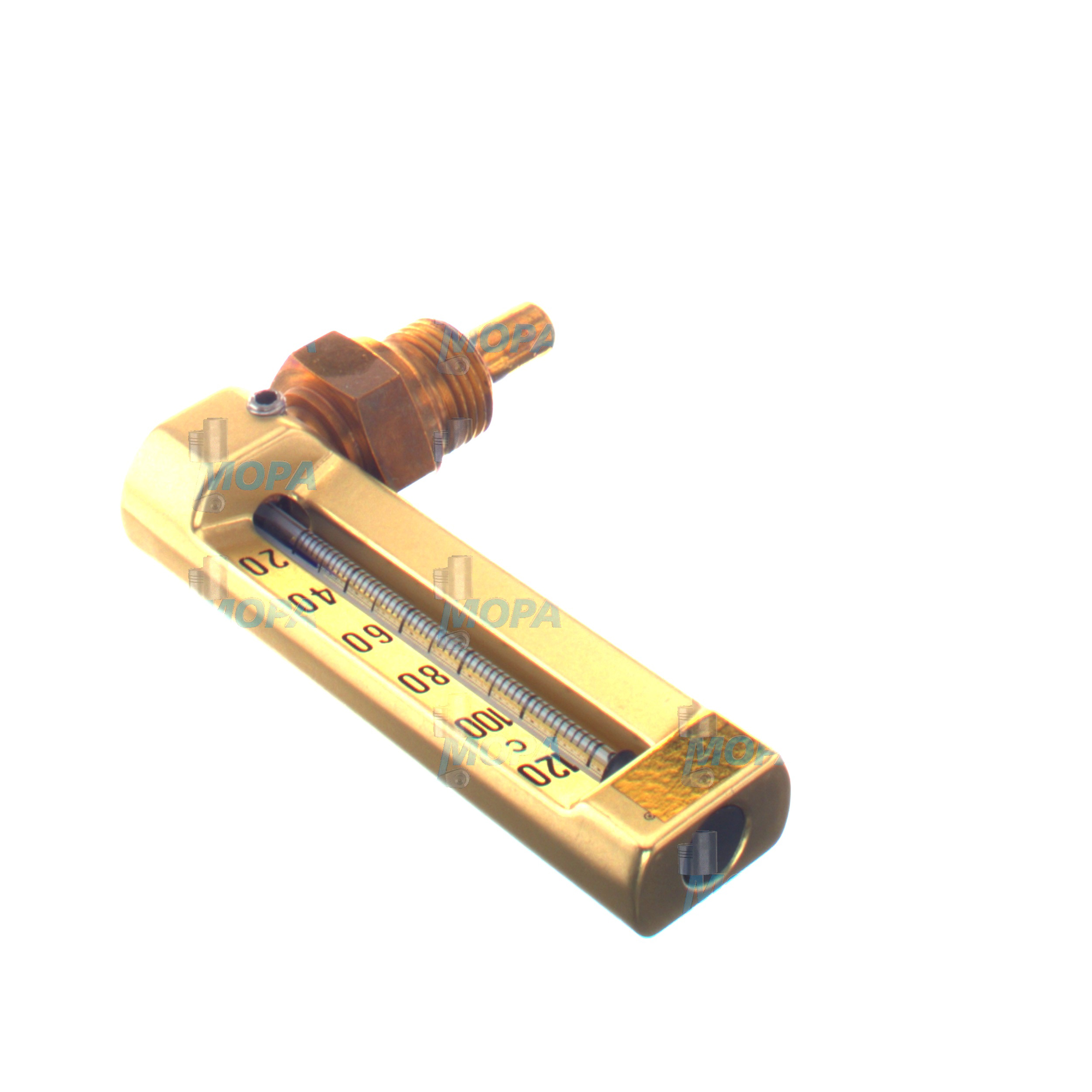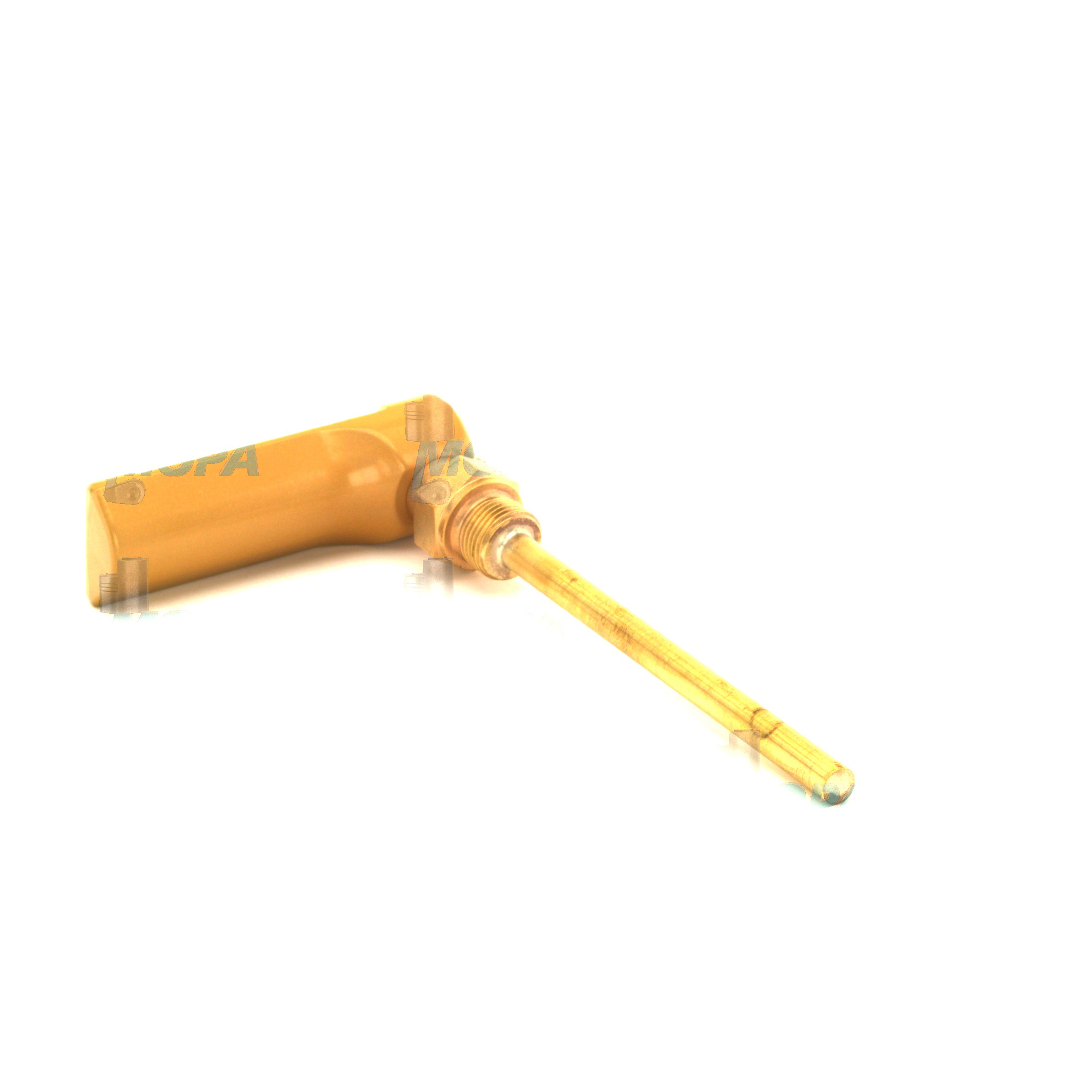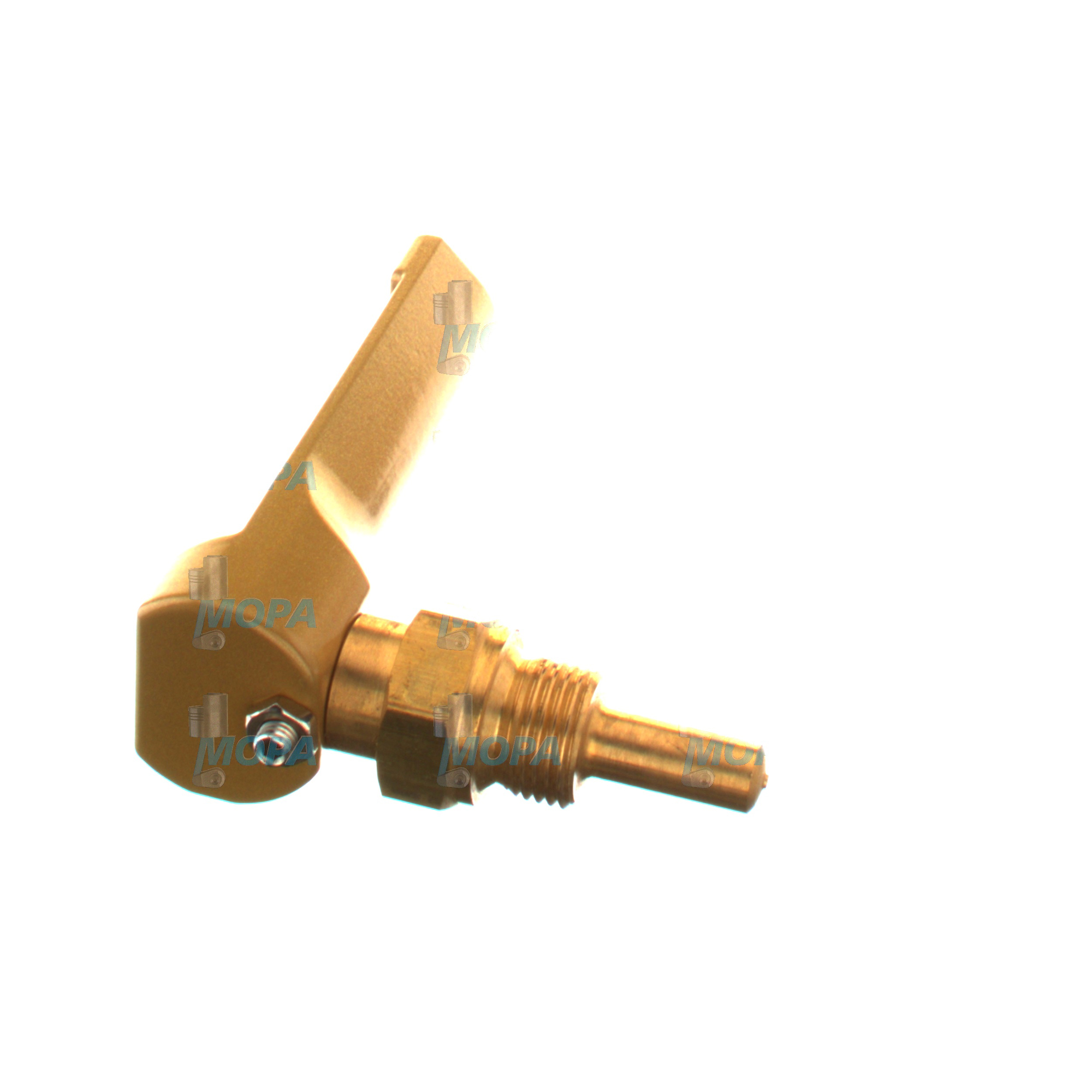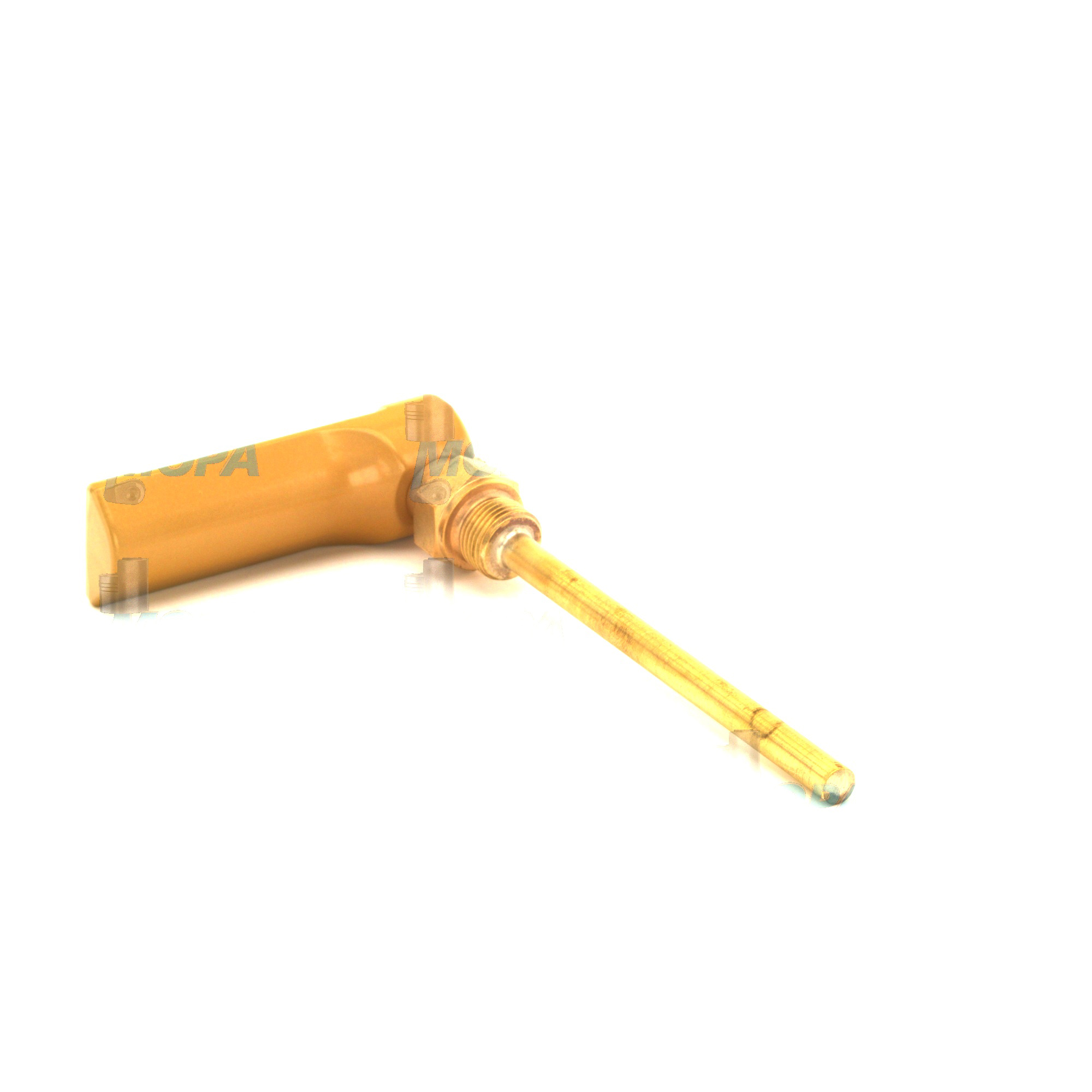ANGLE THERMOMETER and high-precision gauges and sensors for marine and diesel engines
Gauges and sensors are the eyes and ears of any propulsion or auxiliary powerplant. In marine engine rooms, power plants, and industrial gen-sets, this article category covers robust instruments that measure temperature, pressure, level, speed, flow, and vibration—delivering actionable data for safe, efficient operation. From an ANGLE THERMOMETER on a cooling-water manifold to pressure transmitters feeding an automation system, these components provide real-time visibility into the state of diesel and gas engines and enable timely interventions before minor deviations turn into costly failures.
Technical function: how gauges and sensors—including the ANGLE THERMOMETER—keep diesel and marine engines in control
In an engine context, gauges and sensors convert physical phenomena into readable values and electrical signals. Mechanical gauges (e.g., Bourdon-tube pressure gauges or bimetal thermometers) provide at-a-glance status on panels, while electronic sensors (e.g., RTDs, thermocouples, piezoresistive pressure transmitters, magnetic pickups) supply precise, continuous inputs to the engine control unit (ECU) and alarm systems.
The ANGLE THERMOMETER is a practical example within this category. In marine engine and diesel engine installations, an angled dial and rotatable head improve readability in tight spaces such as around heat exchangers, charge-air coolers, or lube-oil lines. Typical designs use bimetal or gas-actuated elements housed in a stainless-steel case, often paired with a thermowell for safe removal during service. With fast response and vibration-resistant movement (e.g., glycerin-filled), an ANGLE THERMOMETER enables crews to verify temperature setpoints at a glance, cross-checking digital readings from sensors and validating control loop behavior. Specifying an ANGLE THERMOMETER with OEM parts ensures dimensional compatibility with existing thermowells and mounting threads, preserving accuracy and sealing integrity.
Beyond temperature, gauges and sensors contribute to performance and safety by:
- · Stabilizing fuel delivery through accurate pressure sensing, improving combustion and lowering specific fuel oil consumption.
- · Protecting bearings and liners via precise lube-oil temperature and pressure feedback, enabling alarms and shutdowns before damage occurs.
- · Controlling charge-air temperature and boost pressure to prevent knock, detonation, or turbocharger overspeed.
- · Monitoring coolant flow and jacket-water temperature to prevent hotspots and thermal stress.
- · Feeding condition-monitoring systems with vibration and speed data for predictive maintenance.
Interfacing options typically include 4–20 mA, 0–10 V, NPN/PNP pulses, and CAN J1939 or Modbus for integration with engine automation. Materials are selected for media compatibility—commonly 316/316L stainless steel for wetted parts—and housings are specified for ingress protection (IP65/IP67) and shock/vibration performance relevant to marine environments.
Importance for engine operation: reliability, uptime, and lifecycle protection
Reliable gauges and sensors directly influence engine availability and lifecycle cost. Temperature drift in a coolant sensor or a sluggish ANGLE THERMOMETER can mask an emerging overheating condition, leading to cylinder head distortion or aftercooler fouling. A misreading from a lube-oil pressure transmitter can cause nuisance trips—or worse, delayed shutdowns that result in bearing wipe and crankshaft damage. Corroded connectors, fatigued capillary lines, or worn mechanical movements degrade signal quality and slow response, undermining both manual watchkeeping and automatic protections.
When these components are not in proper condition, typical issues include:
- · False alarms and unnecessary downtime.
- · Hidden overheating due to slow or inaccurate temperature indication.
- · Inefficient combustion from incorrect fuel, air, or boost measurements.
- · Unsafe operation if overspeed or low-pressure trips don’t receive correct inputs.
- · Unplanned maintenance and elevated spare parts consumption due to secondary damage.
Conversely, precise, stable measurement supports tighter control loops, cleaner combustion, and longer service intervals—key for shipowners and plant operators focused on predictable OPEX and emissions compliance.
Advantages of OEM spare parts suitable for gauges and sensors, including the ANGLE THERMOMETER
Selecting OEM spare parts suitable for this category safeguards fit, function, and measurement integrity. Dimensional conformity (threads, immersion lengths, thermowell tolerances, connector pinouts) avoids costly adaptations and minimizes installation time. Calibrations and sensor curves match the ECU expectations, preventing offset errors that can propagate through protection logic and fuel maps. Material specifications and sealing systems are aligned with the intended media and temperature ranges, preserving corrosion resistance and leak-tightness over long service periods.
Performance, reliability, budget, and service life with OEM parts
- · Consistent accuracy under vibration and thermal cycling.
- · Correct electrical outputs for seamless ECU integration.
- · Reduced downtime through plug-and-play replacement.
- · Lower total cost of ownership via longer calibration stability.
- · Proven compatibility with marine engine and diesel engine thermowells and panels.
- · Documentation and traceability that support safety and class requirements.
For an ANGLE THERMOMETER, using OEM parts helps ensure the pointer mechanism, bourdon/bimetal system, and damping are engineered for engine-room conditions, while the stem length and process connection match the existing thermowell—critical for accurate tip immersion and response time.
MOPA as your partner for OEM gauges and sensors and ANGLE THERMOMETER sourcing
MOPA supplies OEM spare parts suitable for gauges and sensors across leading diesel and gas engine platforms. Customers rely on our speed in cross-referencing part numbers, our focus on quality, and our secure handling of documentation and logistics. Whether you need an ANGLE THERMOMETER for a marine engine cooling circuit, pressure transmitters for a common-rail system, or RTDs for bearing temperature monitoring, MOPA streamlines procurement and reduces risk. We support global projects with responsive lead times, careful packaging for sensitive instruments, and clear technical data to ensure the right component arrives ready to install.
Conclusion: gauges and sensors with ANGLE THERMOMETER for dependable engines
Gauges and sensors—ranging from electronic transmitters to the practical ANGLE THERMOMETER—are fundamental to safe, efficient operation of marine and diesel engines. Precise measurement preserves performance, protects components, and optimizes lifecycle costs. Choosing OEM spare parts suitable for gauges and sensors secures measurement integrity, speeds maintenance, and supports reliable uptime in demanding engine-room environments.

